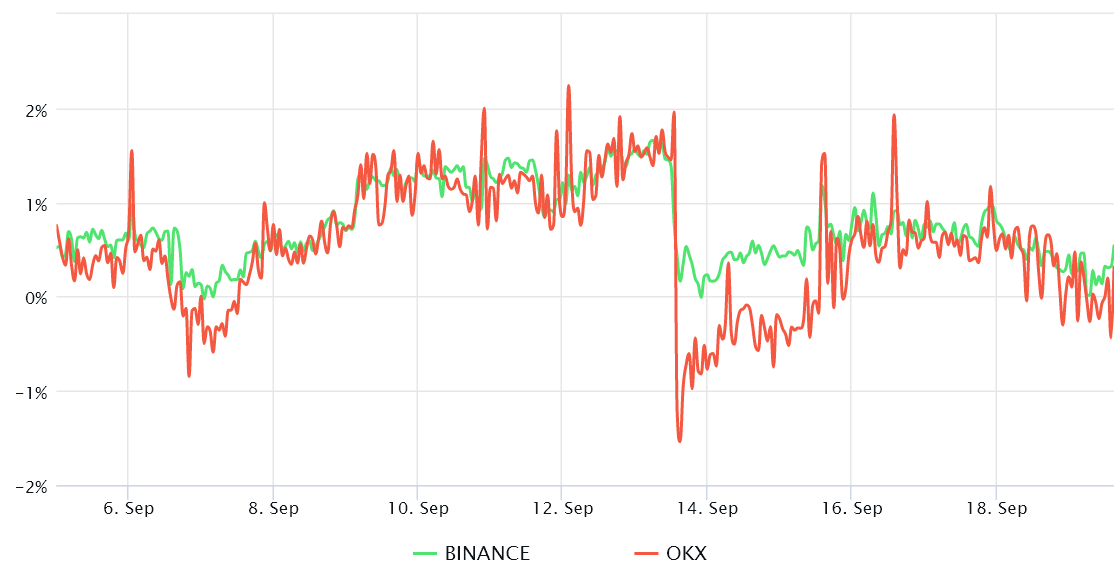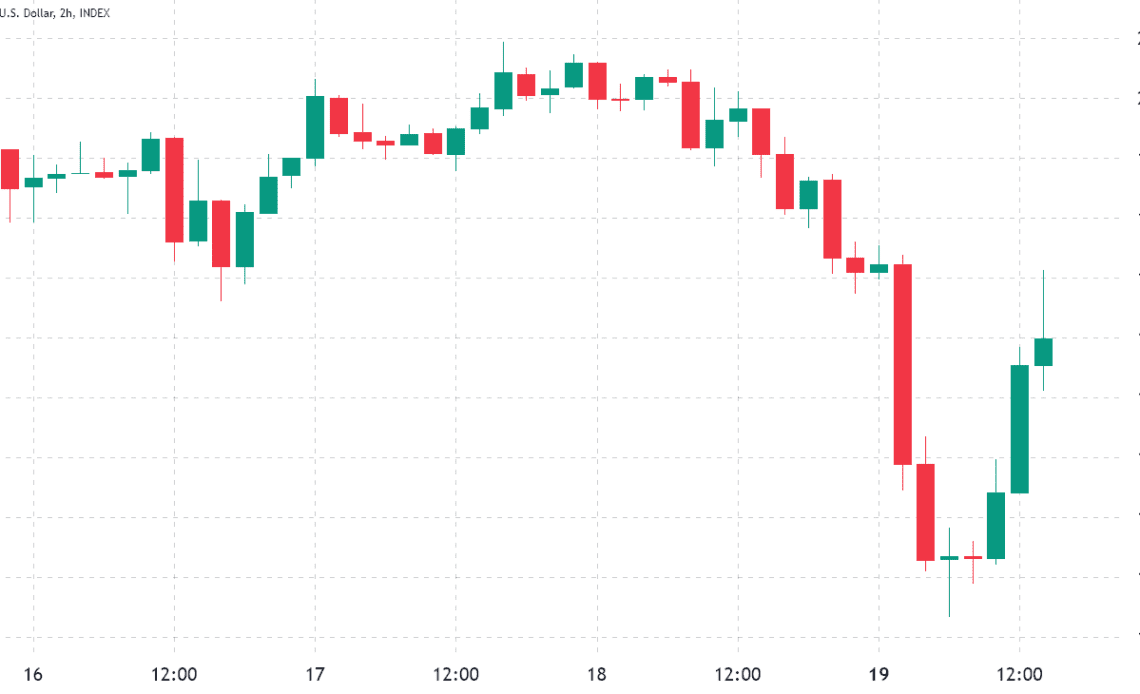Bitcoin (BTC) faced a 9% correction in the early hours of Sept. 19 as the price traded down to $18,270. Even though the price quickly bounced back above $19,000, this level was the lowest price seen in three months. However, pro traders held their ground and were not inclined to take the loss, as measured by derivatives contracts.
Pinpointing the rationale behind the crash is extremely difficult, but some say United States President Joe Biden’s interview on CBS “60 Minutes” raised concerns about global warfare. When responding to whether U.S. forces would defend Taiwan in the event of a China-led invasion, Biden replied: “Yes, if in fact, there was an unprecedented attack.”
Others cite China’s central bank lowering the borrowing cost of 14-day reverse repurchase agreements to 2.15% from 2.25%. The monetary authority is showing signs of weakness in the current market conditions by injecting more money to stimulate the economy amid inflationary pressure.
There is also pressure from the upcoming U.S. Federal Reserve Committee meeting on Sept. 21, which is expected to hike interest rates by 0.75% as central bankers scramble to ease the inflationary pressure. As a result, yields on the 5-year Treasury notes soared to 3.70%, the highest level since November 2007.
Let’s look at crypto derivatives data to understand whether professional investors changed their position while Bitcoin crashed below $19,000.
There was no impact on BTC derivatives metrics during the 9% crash
Retail traders usually avoid quarterly futures due to their price difference from spot markets, but they are professional traders’ preferred instruments because they prevent the fluctuation of funding rates that often occurs in a perpetual futures contract.

The indicator should trade at a 4% to 8% annualized premium in healthy markets to cover costs and associated risks. Thus, one can safely say that derivatives traders had been neutral to bearish for the past two weeks as the Bitcoin futures premium held below 2% the entire time.
More importantly, the shakeout on Sept. 19 did not cause any meaningful impact on the indicator, which stands at 0.5%. This data reflects professional traders’ unwillingness to add leveraged short (bear) positions at current price levels.
One must also analyze the Bitcoin options to exclude externalities specific to the futures instrument. For example, the 25%…
Click Here to Read the Full Original Article at Cointelegraph.com News…
























